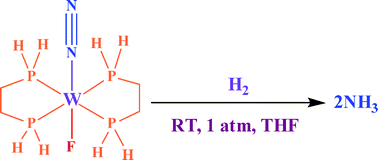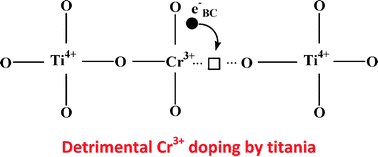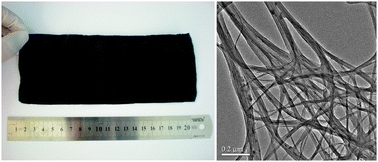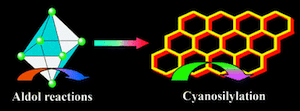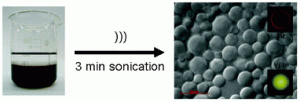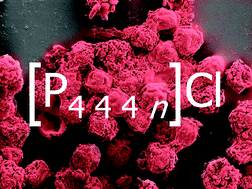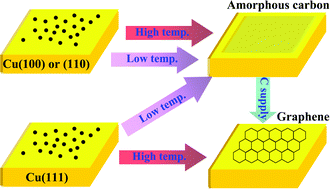New dyes for LCD color filters!
In this NJC hot paper the scientists in Korea (Jae Pil Kim and co-workers) report some new phthalocyanine and coronene derivatives designed for dye-based green liquid crystal display (LCD) color filters. Their thermal stability, optical properties, and solubility as the colorant materials for color filters were also investigated.
In addition, the synthesized six PC dyes and a benzopyrelene dye were successfully applied to the LCD color filters and showed superior optical properties than conventional pigment-based color filters.
Synthesis and characterization of thermally stable dyes with improved optical properties for dye-based LCD color filters by Jun Choi, Se Hun Kim, Woosung Lee, Chun Yoon and Jae Pil Kim, New J. Chem., 2012, Advance Article.
How to reduce the molecular dinitrogen to ammonia?
The problem is a classic of inorganic chemistry and the authors of this NJC hot paper (Chinnappan Sivasankar and co-workers) propose an interesting hypothetical approach to hydrogenating the complex. In general these reactions are mediated by a series of protonation and reduction steps. In this theoretical study, the authors propose a new methodology to reduce the molecular dinitrogen to ammonia in [WF(PH2(CH2)2PH2)N2] complex using some co-catalysts in organic solvents.
With the help of DFT calculations the thermodynamic feasibility has been studied in three organic solvents (heptane, toluene and THF). The thermodynamic barriers for all the fundamental steps in the proposed catalytic cycle revealed that N2 can be reduced by H2 in all proposed organic solvents and that toluene would be the better choice of solvent than THF and heptane.
Hydrogenation of dinitrogen to ammonia in [WF(PH2(CH2)2PH2)2N2] using H2: Insights from DFT calculations by Perumal Balu, Sambath Baskaran, Venu Kannappan and Chinnappan Sivasankar, New J. Chem., 2012, Advance Article, DOI: 10.1039/C2NJ20929B, Letter.
Interested in reading further? Why not download the full articles now, FREE to access for a period of 4 weeks!



